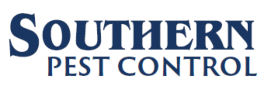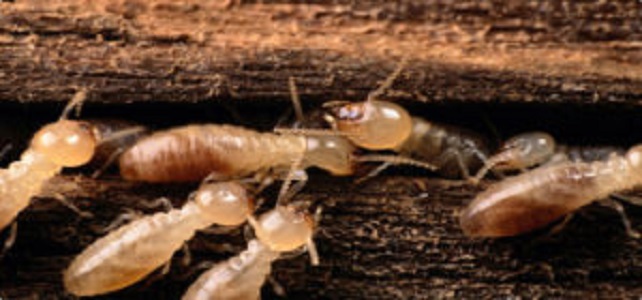
Mold Crawl Space
Mold Symptoms
Mold in your home can cause symptoms such as
- Asthma
- Sore eyes
- Itchy skin
- Runny or blocked nose
- Sneezing
- Coughing
- Sore throat
Often people do not realize these symptoms are caused by mold in the home. They might instead think they have a cold or something else.
One sign that these symptoms are from mold is that the symptoms decrease when you leave your home. Another sign is that multiple people in your home suffer these symptoms.
Mold Smell
Another sign of hidden mold is a moldy smell. If the smell is worse in certain rooms then the mold is probably growing near that area.
If the mold smell gets worse when the air conditioning or heating is on then there could be a mold problem in the HVAC, or in your air conditioner or heater.
Seeing Mold
Sometimes people see mold without realizing. You might have to look closely to identify mold. People often have mold growing in their bathroom, on the grout between tiles. However they do not realize it is mold.
People also might ignore small amounts of mold, even though they can see it. However small amounts of mold means there is enough moisture for mold to grow. It can mean there is more mold in the home.
If your house has a crawl space, you’ve probably noticed the foundation vents on the outside of your home. The original purpose of these vents was to circulate and replace tile air in the crawl space with fresh air from the outside. For many years, this system appeared to work very, well. New Scientific Studies have shown that conventionally vented crawl spaces may not only cost you more energy dollars, but may also cause serious threats to your indoor air quality.
We at Southern Pest Control can help you and your family with potential mold issues involving the crawl psace in your home. Please visit our website at www.southernpestcontrol.biz to learn how we can help protect you from dangerous mold in your home with our CrawlSpace Care System.

